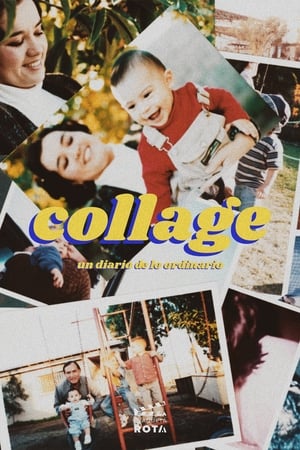
Short of Breath(1991)
A woman is reduced to tears. She bends over backwards trying to be a good wife and mother. Her head is cut off from her heart. A doctor picks her brain. A boy inherits his mother's depression. Short of Breath is a haunting, emotional collage about birth, death, sex and suicide. It's like a punch in the stomach.
Movie: Short of Breath

Short of Breath
HomePage
Overview
A woman is reduced to tears. She bends over backwards trying to be a good wife and mother. Her head is cut off from her heart. A doctor picks her brain. A boy inherits his mother's depression. Short of Breath is a haunting, emotional collage about birth, death, sex and suicide. It's like a punch in the stomach.
Release Date
1991-03-23
Average
0
Rating:
0.0 startsTagline
Genres
Languages:
EnglishKeywords
Similar Movies
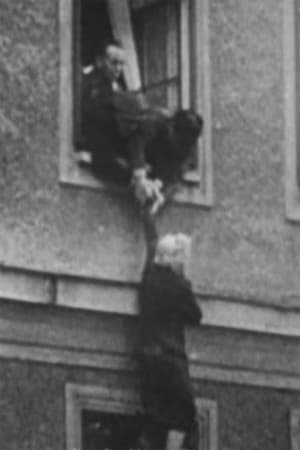 6.0
6.0King of the Jews(en)
King of the Jews is a film about anti-Semitism and transcendence. Utilizing Hollywood movies, 1950's educational films, personal home movies and religious films, the filmmaker depicts his childhood fear of Jesus Christ. These childhood recollections are a point of departure for larger issues such as the roots of Christian anti-Semitism.
 0.0
0.0good boy(en)
The author's erotic imagination is mixed between desire and magazine clippings, and the trade of collage becomes a ship that travels from outer space to the city itself.
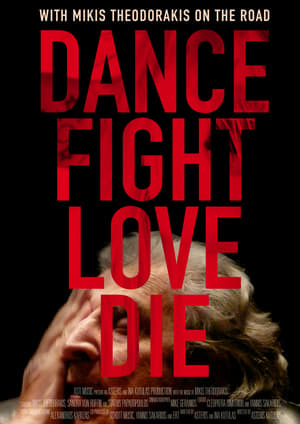 0.0
0.0Dance Fight Love Die: With Mikis On the Road(el)
An intimate look into the life of composer Mikis Theodorakis from 1987 until 2017: comprising three decades, four continents, 100 locations and 600 hours of film material. The film interweaves personal moments with archive footage, documentary recordings and fictional pieces, all accompanied by Theodorakis’ music in jazz, classic, electro and rap versions.
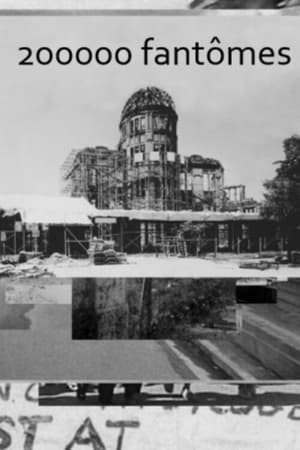 7.4
7.4200,000 Phantoms(fr)
In 1914, the Czech architect Jan Letzel designed in the Japanese city of Hiroshima Center for the World Expo, which has turned into ruins after the atomic bombing in August 1945. “Atomic Dome” – all that remains of the destroyed palace of the exhibition – has become part of the Hiroshima memorial. In 2007, French sculptor, painter and film director Jean-Gabriel Périot assembled this cinematic collage from hundreds of multi-format, color and black and white photographs of different years’ of “Genbaku Dome”.
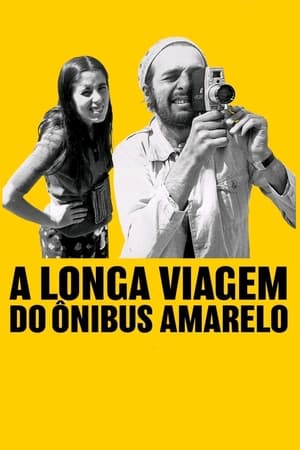 9.0
9.0The Long Voyage of the Yellow Bus(pt)
For this behemoth, Bressane took his opera omnia and edited it in an order that first adheres to historical chronology but soon starts to move backwards and forward. The various pasts – the 60s, the 80s, the 2000s – comment on each other in a way that sheds light on Bressane’s themes and obsessions, which become increasingly apparent and finally, a whole idea of cinema reveals itself to the curious and patient viewer. Will Bressane, from now on, rework The Long Voyage of the Yellow Bus when he makes another film? Is this his latest beginning? Why not, for the eternally young master maverick seems to embark on a maiden voyage with each and every new film!
Unboxing Eden(en)
Unboxing Eden is a YouTube collage about snake breeders and their animals. The video documents the arrival, the breeding and the handling of snakes in all shapes and sizes.
Quod Erat Demonstrandum(fr)
A collaborator since 2002 (Notre Musique), Fabrice Aragno did not want to make a documentary ‘on’ but ‘with’ Jean-Luc Godard. The latter decided on a mathematical approach. The TV station asked for 26 minutes, and so Godard suggested they make 26 one-minute sequences, and have 4 shots in each sequence, all recycled from his work.
 6.0
6.0Fear Itself(en)
A girl haunted by traumatic events takes us on a mesmerising journey through 100 years of horror cinema to explore how filmmakers scare us – and why we let them.
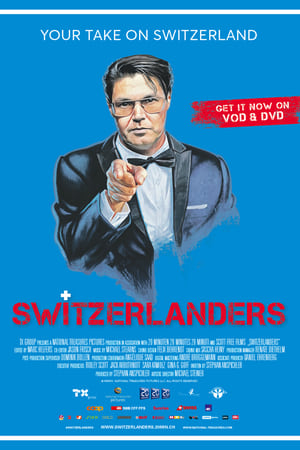 4.5
4.5Switzerlanders(de)
A cinematic time capsule with over 1,400 hours of submitted material from all regions of Switzerland gives unknown insights about the life of Swiss people in the politically and socially turbulent summer of 2019.
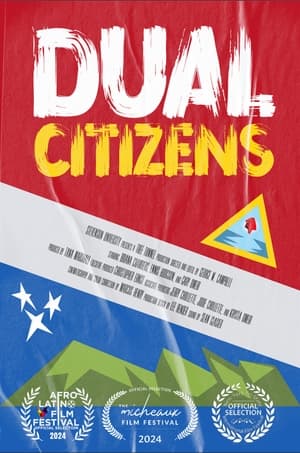 0.0
0.0Dual Citizens(en)
Three Nicaraguan-American artists from the Washington D.C. Metro area discuss growing up in two cultures and how it influences their art.
 0.0
0.0Baseball is Cinema(en)
John DeMarsico’s showcase of the cinematic inspirations for the baseball broadcasts he directs at SNY for the New York Mets. DeMarsico pairs clips from some of his favorite films with sequences from his broadcasts that were directly inspired by those films.
Braverman's Condensed Cream of the Beatles(en)
Photos, animation, and music illustrate the story of the Beatles.
 0.0
0.0Pieces of Lives, Pieces of Dreams(fr)
Algerian director Hamid Benamra turns his focus to Mustapha Boutadjine, a charming, mercurial collage artist in Paris whose very work methods embody resistance, and celebrate those who work to liberate others. Boutadjine creates his portraits of Third World artists such as Miriam Makeba, and Algerian figures such as Assia Djebar from pieces of paper torn from high end fashion magazines and other, glossy, glitzy publications. Using this material is as much an act of rejecting bourgeois standards, which are often anti-North African in France, as much as elevating these figures and making them the social and visual standard against which we should judge ourselves, not the runway models of Chanel.
 6.7
6.7Moments Like This Never Last(en)
Dash Snow rejected a life of privilege to make his own way as an artist on the streets of downtown New York City in the late 1990s. Developing from a notorious graffiti tagger into an international art star, he documented his drug- and alcohol-fueled nights with the surrogate family he formed with friends and fellow artists Ryan McGinley and Dan Colen before his death by heroin overdose in 2009. Drawing from Snow’s unforgettable body of work and involving archival footage, Cheryl Dunn’s exceptional portrait captures his all-too-brief life of reckless excess and creativity.
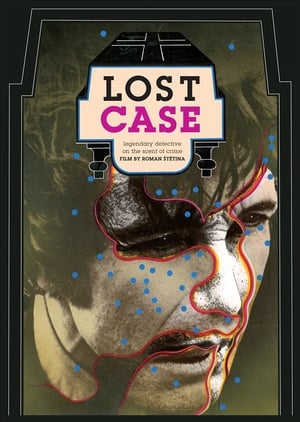 0.0
0.0Lost Case(cs)
A completely new story based on existing footage from the series Columbo.
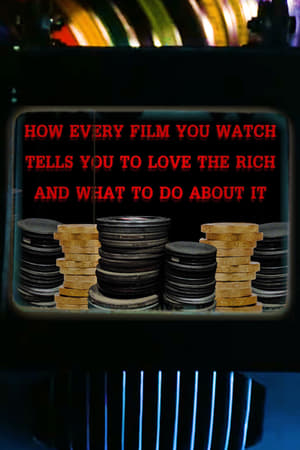 0.0
0.0How Every Film You Watch Tells You To Love The Rich and What To Do About It(en)
"How Every Film You Watch Tells You To Love The Rich and What To Do About It" explores the representations of wealth in cinema. It looks into how most beloved characters are subtly more well-off than they should be, how criticisms of the system are crushed, how the rich have become the average in the world of the cinema. And it shows how these stories distort the view of the real world, and are used against you by politicians.
 6.2
6.2The Man Whose Mind Exploded(en)
In this "beautifully intimate and utterly unique piece of cinema", Toby Amies crosses the line between filmmaker and carer, trying to cope with the strange and hilarious world view of the fragile eccentric, Drako Zarharzar. A love story. Drako Oho Zaraharzar can remember modeling for Salvador Dali and hanging out with The Stones. But he can’t remember yesterday. Following a severe head injury, Drako Zaraharzar suffers from terrible memory loss, he can access memories from before his accident, but can’t imprint new ones. As he puts it, “the recording machine in my head doesn’t work”. Consequently, and as an antidote to depression he chose to live “completely in the now” according to the bizarre mottoes delivered to him whilst in a coma.
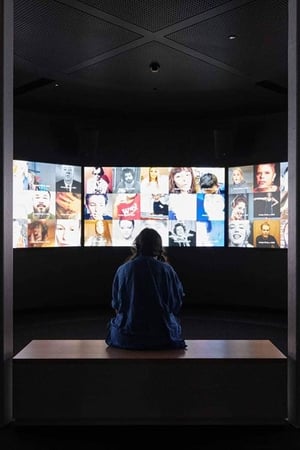 0.0
0.0You Will See Me(en)
A five-channel video installation commissioned for the permanent exhibition space at the Australian Centre of the Moving Image (ACMI). “The camera doesn’t just capture us, it frames who we are and how we’re seen. Since the camera became more accessible in the mid-20th century, artists and amateurs alike have turned the lens on themselves to create a stage both private and public. This tradition is continued, amplified and transformed through reality TV, the internet and social media, the latest forms to use straight-to-camera techniques to share our common humanity, project authenticity and illuminate how a sense of self can be constructed through the moving image.”
